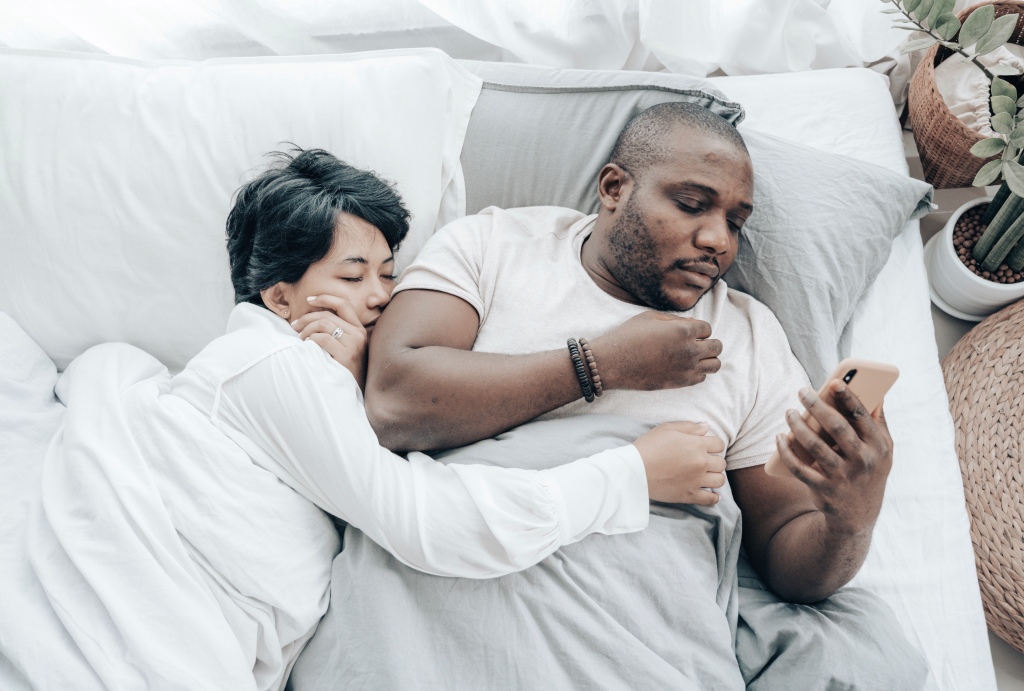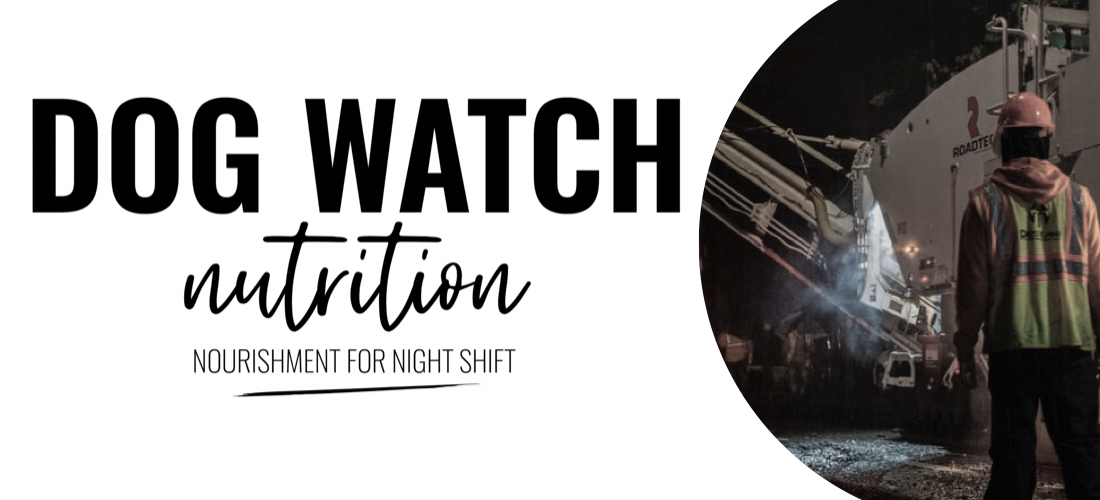
There are many symptoms that you can be experiencing in relation to your sleep. Most of them can be fairly self explanatory but let’s just define some of the conditions associated with those symptoms. Once you can correctly identify what’s going on with your sleep then you work out what to do about it.
Insomnia is first on the list; this is when you have trouble getting to sleep also called sleep onset. When you go to bed, lay your head down on the pillow and close your eyes, it should only take 10-20 minutes to fall asleep. Insomnia can also be described as; once you get to sleep you have trouble staying asleep. So waking up in the middle of the night to go to the bathroom or because of the kids, then it takes longer than 20 minutes to go back to sleep.
Usually trouble getting to sleep is from an overstimulated mind. Think use of screens before bed, daytime stressors, anxiety, medications, or other drugs like caffeine. The spiral issue with insomnia is that once you have one bad night’s sleep, the fear and worry behind having another bad night and missing out on your recommended 8 hours, can be the trigger for the next night. Managing stress, anxiety and being mindful about your sleep hygiene everyday is the key to managing insomnia.
Snoring, it is so common, but no one ever thinks about it as its own sleep condition. Snoring is what happens when there is partial closure of the airway; reducing the flow of breath from the mouth or nose into the lungs. It’s loud and unpleasant, and can lead to some very annoyed family members. People often describe the snoring as worsening after drinking alcohol, this is because it relaxes the muscles in the throat causing the restricted airway. There are many off the shelf mouth devices designed to help reduce snoring but if you are a really heavy snorer then best to speak to your GP about an overnight sleep study.
Obstructive sleep apnea is complete closure of your airways so you lose control over your ability to breathe. Apneas often go hand-in-hand with heavy snoring and are usually picked up by family members witnessing the lack of breathing. Other symptoms of sleep apnea can include waking up gasping for air, waking up the morning after sleep with a headache or raised blood pressure. Treatment for sleep apnea is to use a continuous positive air pressure device, this creates an air splint to keep the muscles of the airway open. If you think you may have sleep apnea then best to speak to your GP about an overnight sleep study, test for snoring and sleep apnea at the same time. Win. Win. As snoring and sleep apnea are respiratory conditions as well as sleep conditions, nasal breathing exercise and techniques can be very effective for improving lung capacity.
The last condition I’m going to talk about is Restless Legs Syndrome. It’s described as an uncomfortable pain in the lower limbs which is worse at night. Everyone describes the uncomfortable feeling differently like pins and needles, tightness, pulling. A strong urge to move the limbs is often required, making it difficult to sleep and leaving you feeling fatigued and irritable. Muscular support such as massage, stretches, gentle exercise and warm baths can help relieve tension. Poor diet and nutritional deficiencies can be underlying factors for restless legs syndrome. Consider increasing your mineral intake in your diet or supplementing with magnesium.
Theses are just a few conditions to get you thinking about what your sleep might be telling you. Sleep affects all our different body systems, the conditions above describe how the nervous system, respiratory system and the musculoskeletal system can all be involved in a bad night’s sleep. Sleep hygiene is just one piece of the puzzle.
